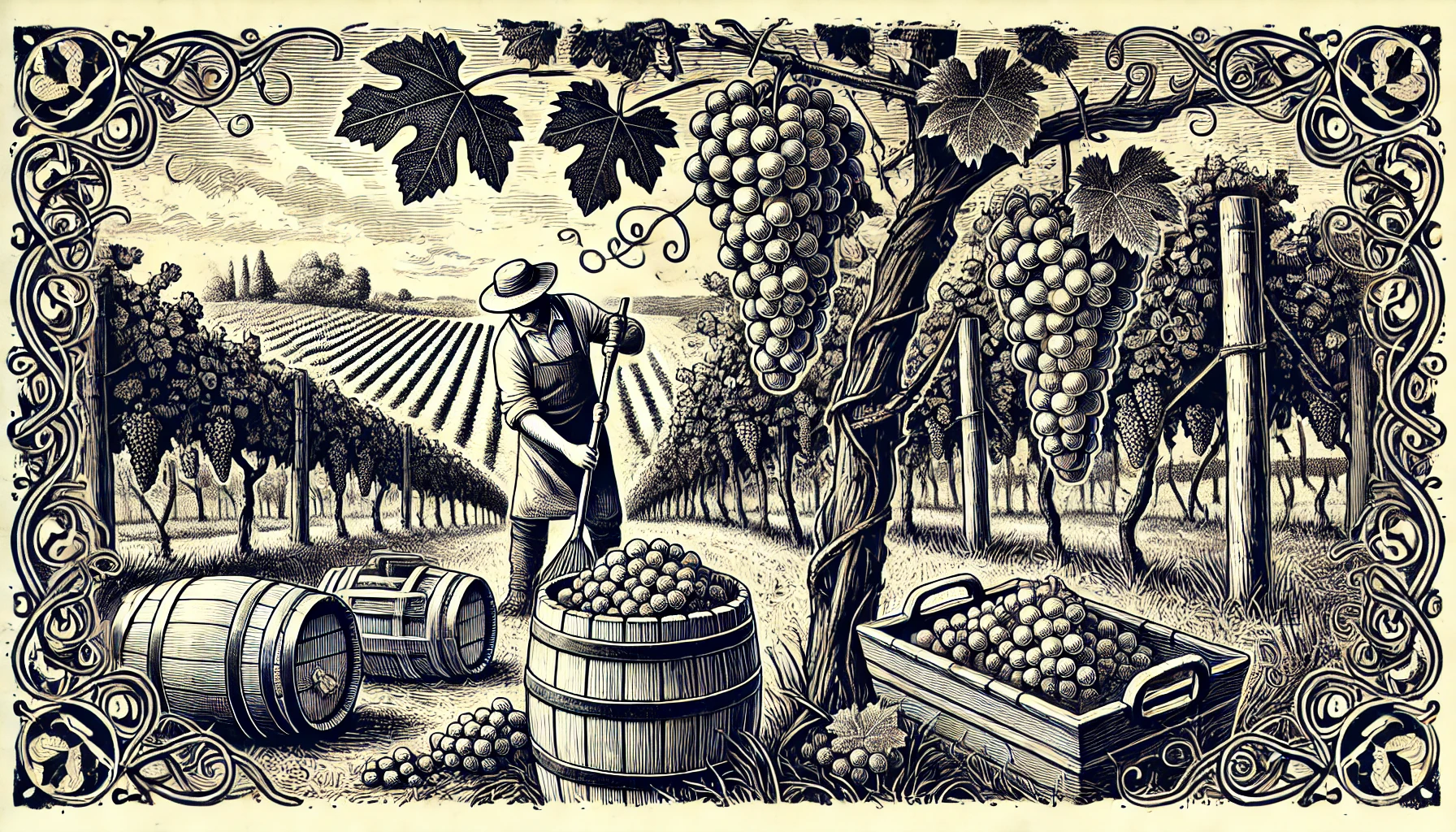
Late Harvest refers to wines made from grapes that are left on the vine longer than usual, typically well past the normal harvest time. This extra time allows the grapes to become more concentrated, increasing their sugar levels. As a result, late-harvest wines often have a rich, sweet profile, making them popular choices for dessert wines.
During the extended ripening period, grapes naturally lose water content, which intensifies their sugars, flavors, and acidity. Late harvest grapes may also develop noble rot (Botrytis cinerea), a fungus that further concentrates the sugars and adds complexity to the wine. Winemakers can use this process to produce wines with opulent aromas of honey, dried fruits, and floral notes.
Late harvest wines can be made from a variety of grapes, including Riesling, Chenin Blanc, and Gewürztraminer. These wines pair well with rich desserts, cheeses, or even spicy dishes, offering a delicious contrast between sweetness and savory or spicy flavors. They are known for their deep golden color and luscious texture, often providing an indulgent, syrupy mouthfeel.
The decision to make a late-harvest wine requires careful timing, as the grapes must remain healthy enough to achieve the desired sugar levels without rotting or spoiling entirely. The winemaker also needs to closely monitor the weather, as too much rain or humidity late in the season could ruin the crop.
Curious about more wine terms and insights? Visit our Wine Wiki section and explore the basic wine terms for expert definitions and tips!